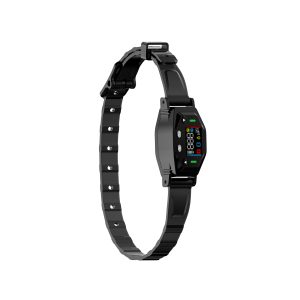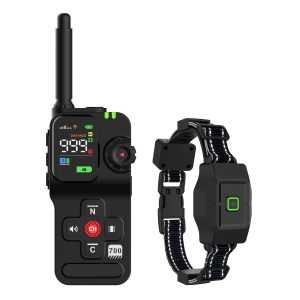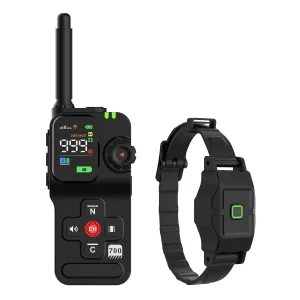The Ins and Outs of Barking Collars for Effective Bark Control
In a world where noisy dogs can disturb the peace and quiet of a neighborhood, barking collars have emerged as a controversial yet effective solution. These innovative devices come in various forms, from citronella spray collars to ultrasonic bark deterrents, each designed to curb excessive barking behavior in dogs.
When it comes to choosing the right barking collar for your furry friend, several factors must be considered. The size and breed of the dog, the underlying cause of the barking, and the sensitivity of the dog to correction all play a crucial role in determining the most suitable bark control collar.
Types of Barking Collars
1. Static Correction Collars: These collars deliver a mild electric shock or vibration when the dog barks excessively. The intensity of the correction can often be adjusted to suit the dog’s temperament.
2. Citronella Spray Collars: These collars release a burst of citronella spray near the dog’s nose when it barks, distracting them from the behavior without causing harm.
3. Ultrasonic Bark Deterrents: Emitting high-frequency sound waves that are only audible to dogs, these devices work by interrupting the barking pattern and discouraging further noise.
Benefits of Using Barking Collars
While some may view barking collars as a controversial tool, they can be highly effective in training dogs to control their barking behavior. By providing consistent and immediate feedback, these collars help reinforce quiet time and reduce noise pollution in the surrounding environment.
Moreover, barking collars offer pet owners a non-invasive way to address excessive barking without resorting to more drastic measures such as debarking surgery or constant reprimands.
Important Considerations
Before investing in a barking collar, it’s essential to consult with a professional dog trainer or veterinarian to determine the root cause of your dog’s barking. In some cases, excessive barking may signal an underlying health issue or emotional distress that requires a different approach to resolve.
Additionally, proper training and positive reinforcement techniques should be incorporated alongside the use of a barking collar to ensure long-term behavior modification and a healthy relationship between you and your pet.
Final Thoughts
While barking collars can be an effective tool in managing excessive barking behavior, they are not a one-size-fits-all solution. It’s crucial to take into account your dog’s individual needs and temperament when selecting a bark control collar and to use it in conjunction with positive reinforcement training for the best results.
With the right approach and a bit of patience, barking collars can help create a harmonious living environment for both you and your beloved canine companion.




